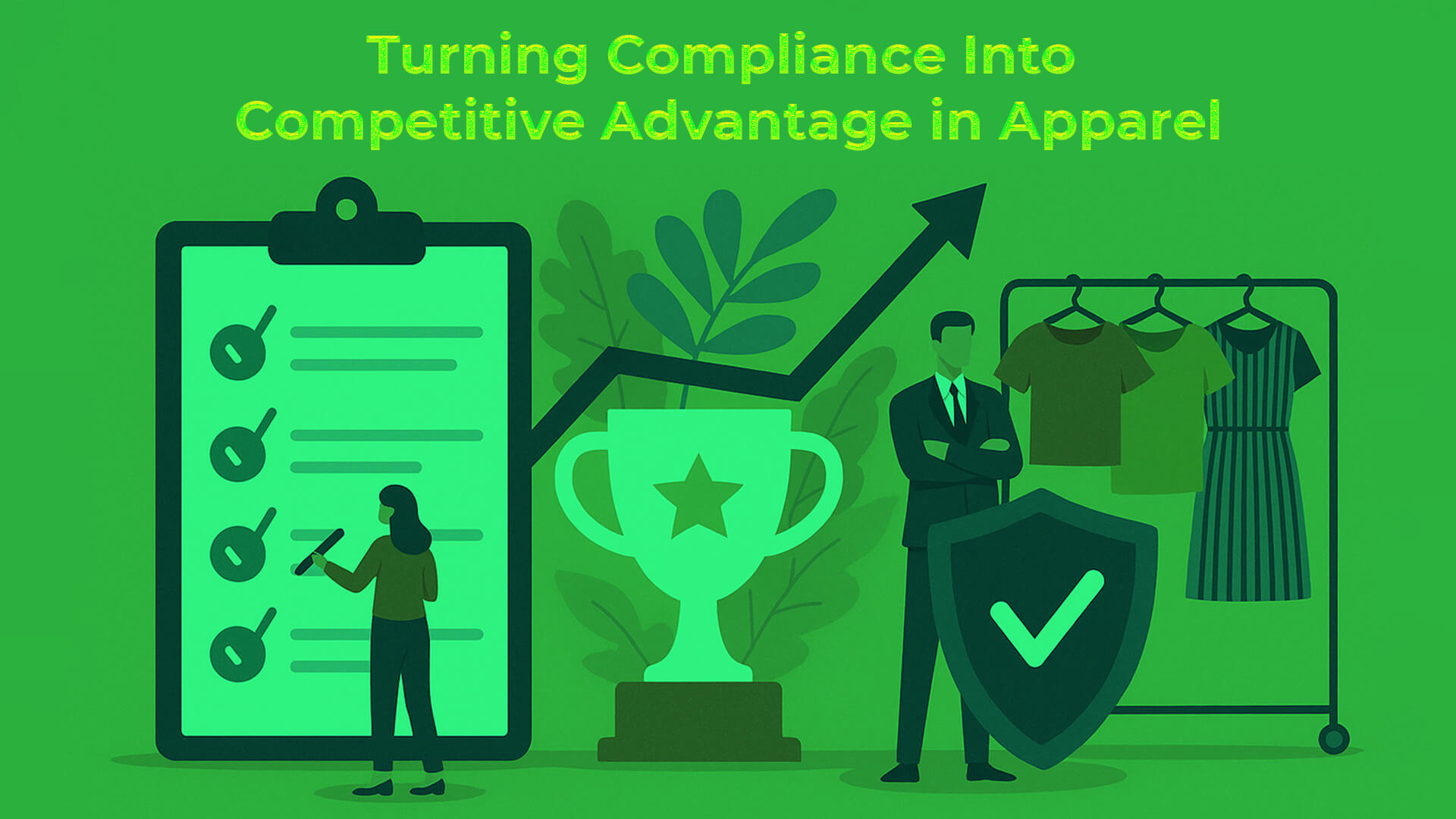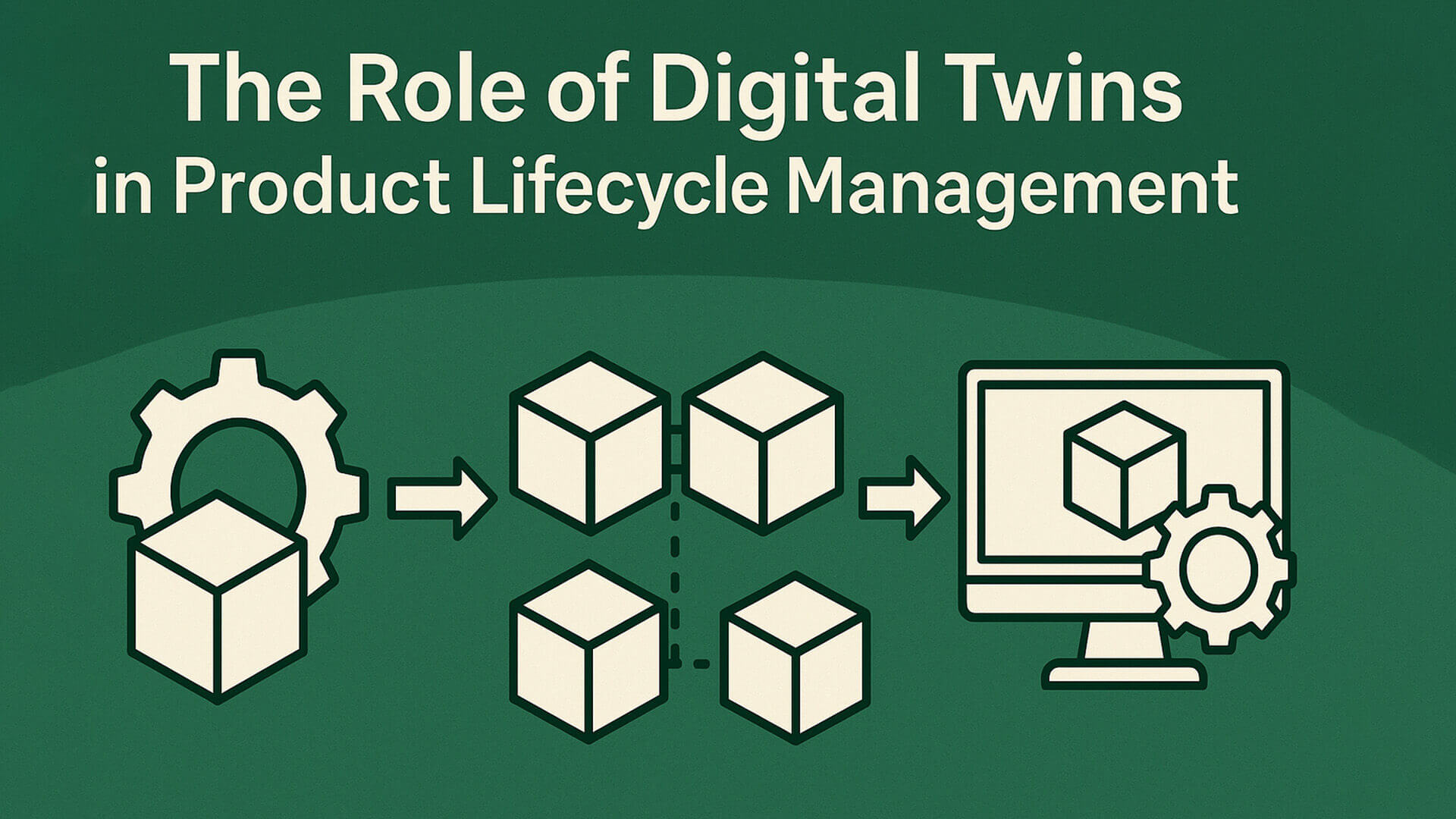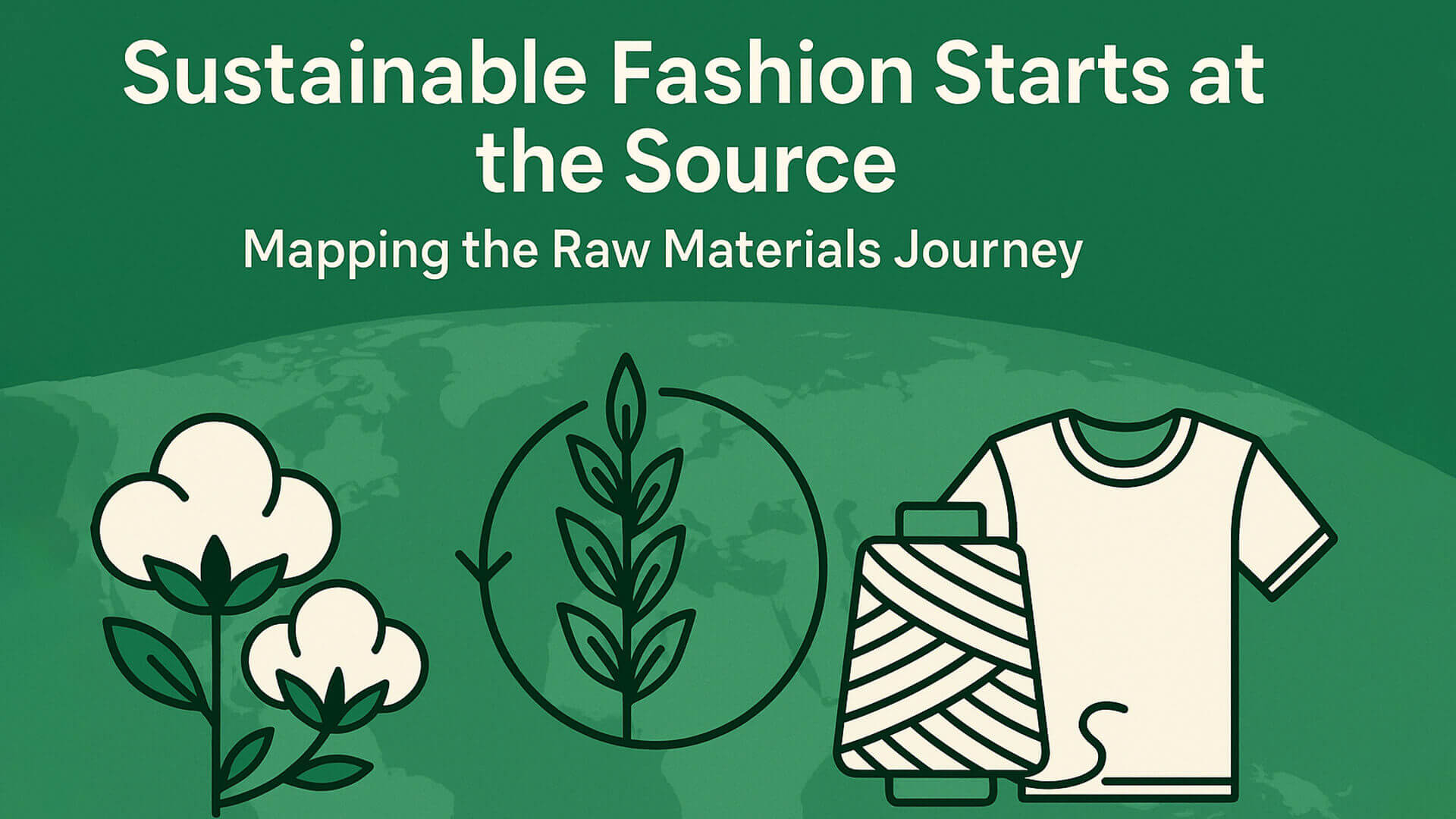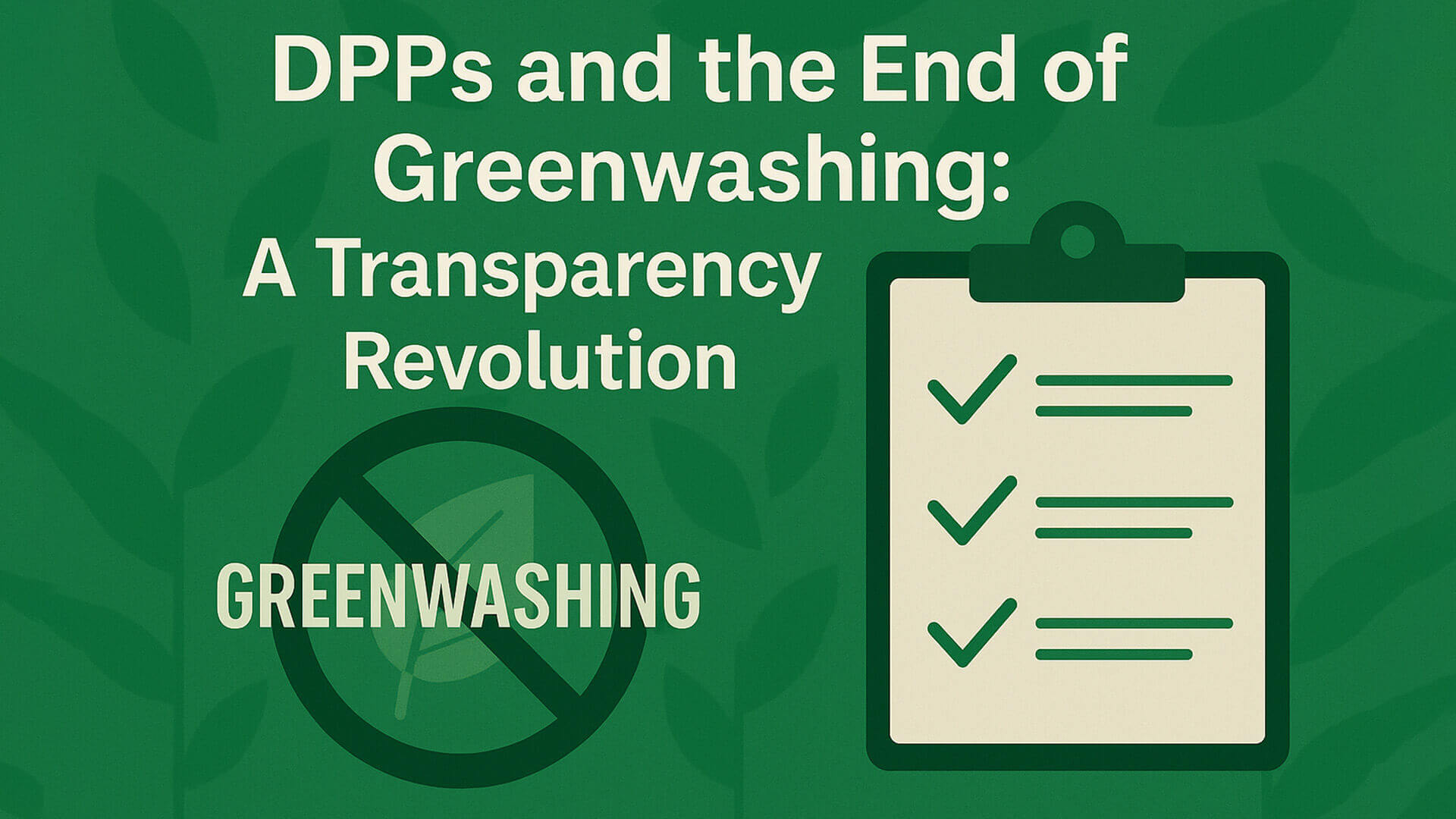- info@greenthreadsdpp.com
- Southampton, United Kingdom
Turning Compliance into Competitive Advantage in Apparel

In an industry often criticized for its environmental impact, the apparel sector is undergoing a seismic shift. Traditionally, regulatory compliance was seen as a burdensome necessity something brands had to endure rather than embrace. But today, forward-thinking apparel companies are reframing compliance as a strategic advantage: a platform for transparency, trust-building, and innovation that drives long-term competitiveness.
The Evolving Landscape of Compliance
As global attention sharpens around climate change, human rights, and supply chain ethics, apparel brands face increasing scrutiny. Legislation such as the EU’s Eco-design for Sustainable Products Regulation (ESPR), the Digital Product Passport (DPP), and the Corporate Sustainability Reporting Directive (CSRD) are setting a new bar for disclosure and accountability. In parallel, the growing influence of conscious consumers and activist investors means that compliance is no longer about ticking boxes it’s about proving purpose.
Key Drivers of Regulatory Change
-
Transparency Mandates: Requirements to disclose material origin, labour conditions, and environmental impact.
-
Circularity Goals: Laws incentivizing reuse, repair, and recyclability, pushing brands towards circular business models.
-
Digital Traceability: Emerging technologies enabling real-time tracking, data integration, and product-level storytelling.
From Burden to Business Driver
What if compliance weren’t just about avoiding penalties but about gaining market share?
By embedding sustainability and ethics into their operational DNA, apparel brands can differentiate themselves in saturated markets. Compliance becomes a catalyst for transformation, unlocking new revenue streams and reinforcing brand resilience.
At Green Threads DPP we not only take on the job of calculating the Carbon Footprint and Environmental credentials for your range, we help bring the data to life in customised and dynamic consumer facing product pages.
Strategic Advantages of Embracing Compliance
Case Study: Compliance as Innovation Fuel
Take the example of a mid-sized European fashion label preparing for ESPR mandates. By integrating Digital Product Passports, the brand not only complies with future legislation it also creates dynamic touchpoints for consumers to engage with product provenance, care instructions, and recycling options. What began as a legal requirement evolved into a branded ecosystem of transparency and education, setting the company apart in an otherwise crowded marketplace.
Actionable Pathways to Compliance-Driven Advantage
Transforming compliance into competitive edge requires a strategic approach one that leverages regulation as a roadmap for innovation rather than a hurdle.
1. Build a Cross-Functional Compliance Team
Embed sustainability, legal, IT, and product development expertise into one cohesive unit. This accelerates response to regulations while aligning internal objectives.
2. Invest in Digital Infrastructure
Tools like blockchain, QR-linked DPPs, and AI-powered supply chain mapping enable traceability and real-time data capture core assets in modern compliance.
3. Educate Stakeholders
From suppliers to consumers, transparency only works when everyone understands it. Co-create training programs, educational labels, and intuitive digital interfaces.
4. Treat Data as an Asset
Regulatory compliance generates rich data on materials, emissions, labour practices. Use it to refine sourcing decisions, optimize logistics, and inform marketing narratives.
5. Stay Ahead of Regulation
Don’t just meet the minimum anticipate it. Brands that shape policy conversations and pilot emerging standards position themselves as thought leaders.
Tools to Support Your Journey
Here are some game-changing technologies that make compliance scalable and strategic:
Compliance in the Age of Conscious Consumerism
Modern consumers don’t just buy products they buy values. Transparency, traceability, and ethical commitment are no longer optional. According to a Nielsen report, 73% of global consumers are willing to change their consumption habits to reduce environmental impact. By demonstrating rigorous compliance, apparel brands translate values into value.
Closing Thoughts
In a sector under intensifying scrutiny, compliance offers apparel brands a rare opportunity to lead rather than react. By shifting from obligation to innovation, companies create systems that serve both people and planet while building competitive moats grounded in integrity and resilience.
Turning compliance into a competitive advantage isn’t about gaming the system it’s about rewriting it.





